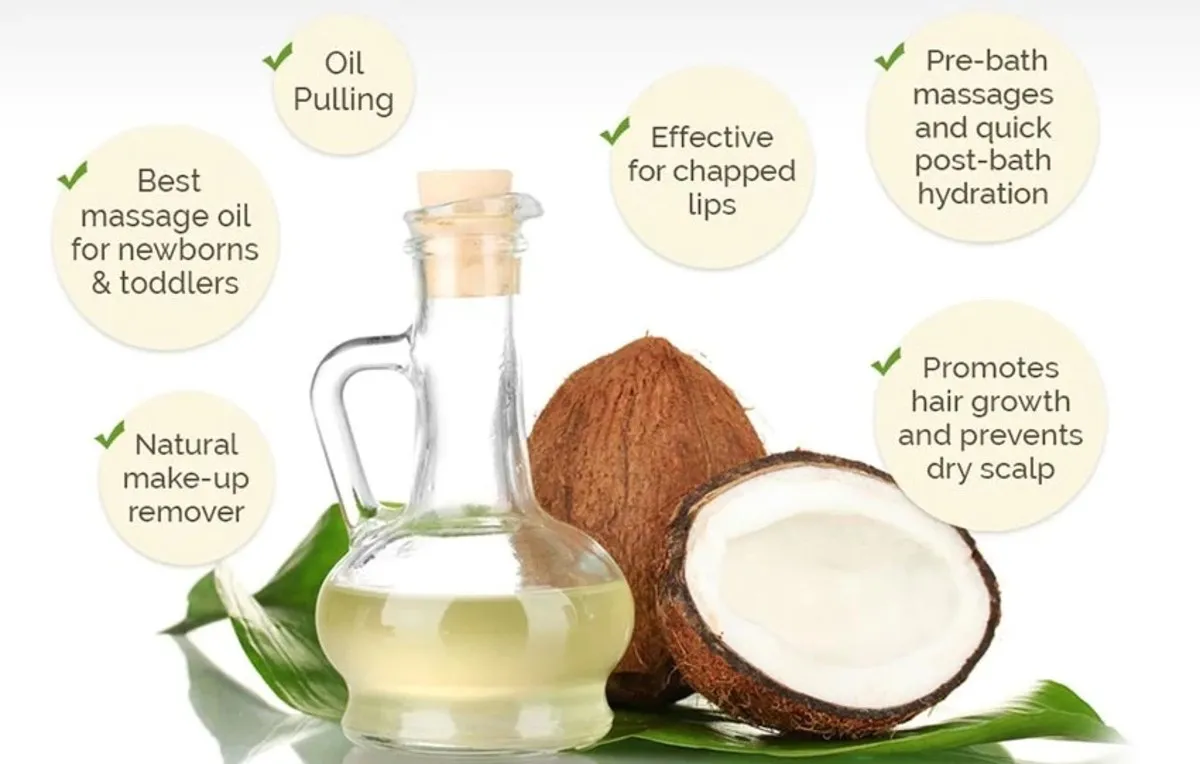Understanding Teeth Discoloration
Teeth discoloration is a common concern, and understanding its causes is the first step toward effective whitening. The natural color of your teeth varies from person to person, influenced by genetics. However, various factors can lead to changes in tooth shade, ranging from subtle yellowing to more pronounced staining. The outer layer of the tooth, the enamel, is porous, allowing stains to accumulate over time. Intrinsic stains originate from within the tooth structure, often due to aging, medications, or trauma. Extrinsic stains affect the surface and are usually caused by external factors like food, drinks, and smoking. Recognizing the type of discoloration helps determine the most appropriate whitening approach. Professional treatments and home remedies work differently based on the type of staining, making proper identification crucial for achieving the desired results.
Common Causes of Teeth Staining
Several factors contribute to teeth staining. Dietary habits play a significant role, with certain foods and beverages known for their staining properties. Dark-colored drinks like coffee, tea, and red wine contain chromogens, pigments that adhere to the enamel. Likewise, deeply pigmented foods such as berries, soy sauce, and curries can leave their mark. Tobacco use, whether smoking or chewing tobacco, is a major culprit, causing severe discoloration and contributing to other oral health issues. Poor oral hygiene, including infrequent brushing and flossing, allows plaque and tartar to accumulate, making teeth appear yellow or stained. Aging also affects tooth color; as we age, the enamel thins, revealing the yellowish dentin underneath. Certain medications, such as tetracycline, can cause intrinsic staining during tooth development. Understanding these common causes empowers you to take preventive measures and choose effective teeth whitening methods.
Foods and Drinks That Stain Teeth
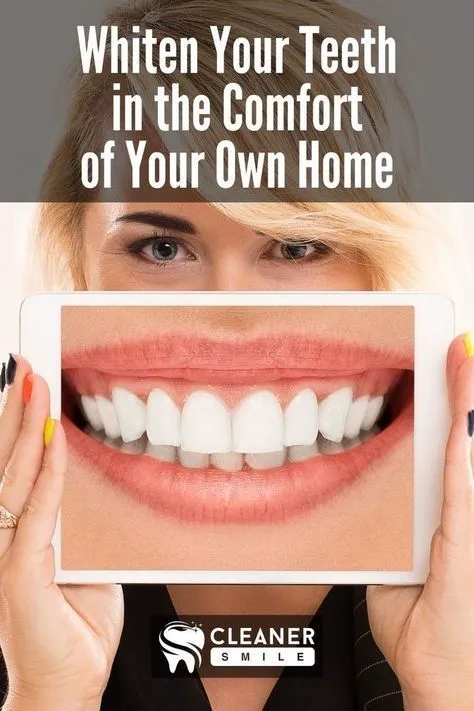
Certain foods and beverages are notorious for staining teeth due to their high chromogen content. Coffee and tea, popular morning beverages, are major contributors to discoloration. Their dark pigments easily adhere to the enamel, leading to yellowing over time. Red wine, rich in tannins and chromogens, also causes significant staining, often resulting in a reddish hue. Dark-colored sodas, such as cola, contain artificial colorings that can stain teeth. Berries, including blueberries, blackberries, and raspberries, are highly pigmented and can leave stains. Soy sauce and curries, common in Asian cuisines, contain strong pigments that can discolor teeth. The acidity of these foods and drinks can also erode enamel, making teeth more susceptible to staining. To minimize staining, it’s advisable to consume these items in moderation, rinse your mouth with water after consumption, and practice good oral hygiene.
Lifestyle Choices That Impact Tooth Color
Lifestyle choices greatly influence the color of your teeth. Smoking and tobacco use are detrimental to oral health, leading to significant staining and increasing the risk of gum disease and oral cancer. Regular consumption of staining foods and beverages, such as coffee, tea, and red wine, can accelerate discoloration. Poor oral hygiene practices, including infrequent brushing, flossing, and dental check-ups, contribute to plaque and tartar buildup, causing teeth to appear stained. Certain medications, particularly those taken during childhood or pregnancy, can cause intrinsic staining, affecting the tooth’s internal structure. Excessive fluoride intake during tooth development can also lead to fluorosis, causing white or brown spots on the enamel. Adopting a healthy lifestyle, including quitting smoking, limiting staining foods, maintaining good oral hygiene, and consulting with a dentist, can help preserve the natural whiteness of your teeth.
Top 7 Home Remedies for Teeth Whitening
If you’re looking for a brighter smile without professional treatments, several home remedies can help. These options offer varying degrees of effectiveness, and it’s essential to use them with caution and consult a dentist. The best approach combines several of the practices, using what works best for you. Here are seven popular home remedies for teeth whitening, exploring their methods and effectiveness. Remember that results can vary depending on the type and severity of the staining, and professional guidance is always recommended for optimal oral health. These are home remedies, and any major issue should be taken to a professional for further evaluation and treatment.
Baking Soda and Hydrogen Peroxide
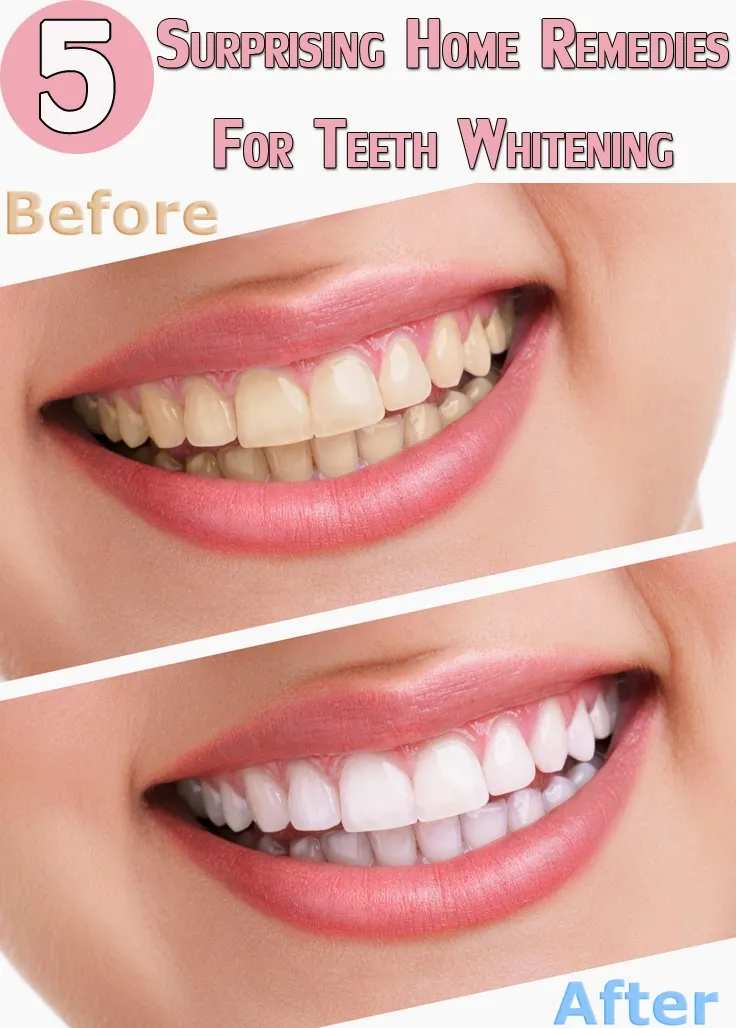
Baking soda and hydrogen peroxide are a classic combination for teeth whitening due to their abrasive and oxidizing properties. Baking soda gently scrubs away surface stains, while hydrogen peroxide acts as a mild bleaching agent. This combination is a common DIY teeth whitening method. However, it’s crucial to use them with caution to avoid damaging enamel. Both ingredients are easily accessible, and can be mixed at home, to assist with a brighter smile, and whiter teeth.
How to Use Baking Soda and Hydrogen Peroxide
To use baking soda and hydrogen peroxide, mix one tablespoon of baking soda with two tablespoons of hydrogen peroxide to form a paste. Gently brush your teeth with this paste for about two minutes, using circular motions. Rinse thoroughly with water. Use this mixture no more than once or twice a week to prevent enamel erosion. Avoid swallowing the mixture. Regular use is not recommended, as it can cause sensitivity. Be cautious if you have sensitive teeth or gums. Consult with your dentist before using this remedy, and cease use if you experience any discomfort or sensitivity.
Effectiveness and Safety Considerations
Baking soda and hydrogen peroxide can be effective for removing surface stains, resulting in a slightly brighter appearance. However, they are not as powerful as professional whitening treatments and may not be effective on deep intrinsic stains. The safety of this method depends on proper usage. Excessive use can erode enamel, leading to increased sensitivity and potential dental issues. Always use a soft-bristled toothbrush and avoid brushing too vigorously. If you experience any discomfort, stop using the mixture immediately. Consult your dentist for personalized advice and to ensure this method is suitable for your oral health needs.
Coconut Oil Pulling
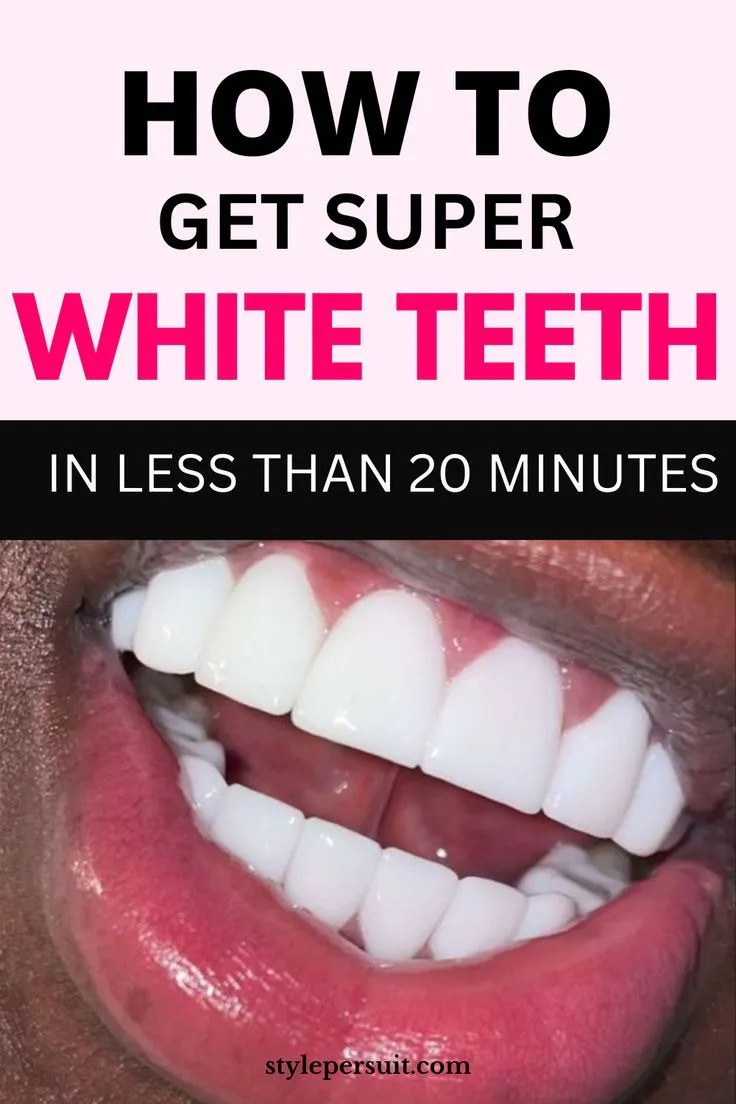
Coconut oil pulling is an ancient Ayurvedic practice believed to improve oral health and whiten teeth. The process involves swishing coconut oil in your mouth for a specific duration. Coconut oil contains lauric acid, which has antimicrobial properties that may help reduce plaque and bacteria. While not as effective as other whitening methods, oil pulling can contribute to overall oral hygiene. The practice has seen an increase in users who are looking for a natural alternative for brighter teeth and overall oral health.
The Process of Oil Pulling
To perform oil pulling, take one to two tablespoons of coconut oil and swish it around your mouth for 15-20 minutes. Ensure that the oil reaches all areas of your mouth, including between your teeth. Do not swallow the oil, as it contains toxins and bacteria. After swishing, spit the oil into a trash can to prevent clogging your drains. Rinse your mouth with water and brush your teeth as usual. This practice is typically done in the morning on an empty stomach for optimal results. Consistency is key, and regular oil pulling may contribute to a cleaner mouth.
Benefits Beyond Whitening
While teeth whitening is a perceived benefit, coconut oil pulling is also believed to offer several additional oral health advantages. It may help reduce plaque and gingivitis by removing bacteria from the mouth. Some users report improved breath and a reduction in bad odors. Oil pulling might also help moisturize the mouth, combating dryness and promoting salivation. Despite these potential benefits, it is essential to maintain good oral hygiene practices, including brushing, flossing, and regular dental check-ups. Oil pulling should complement these practices, not replace them, for complete oral care.
Lemon Juice and Baking Soda
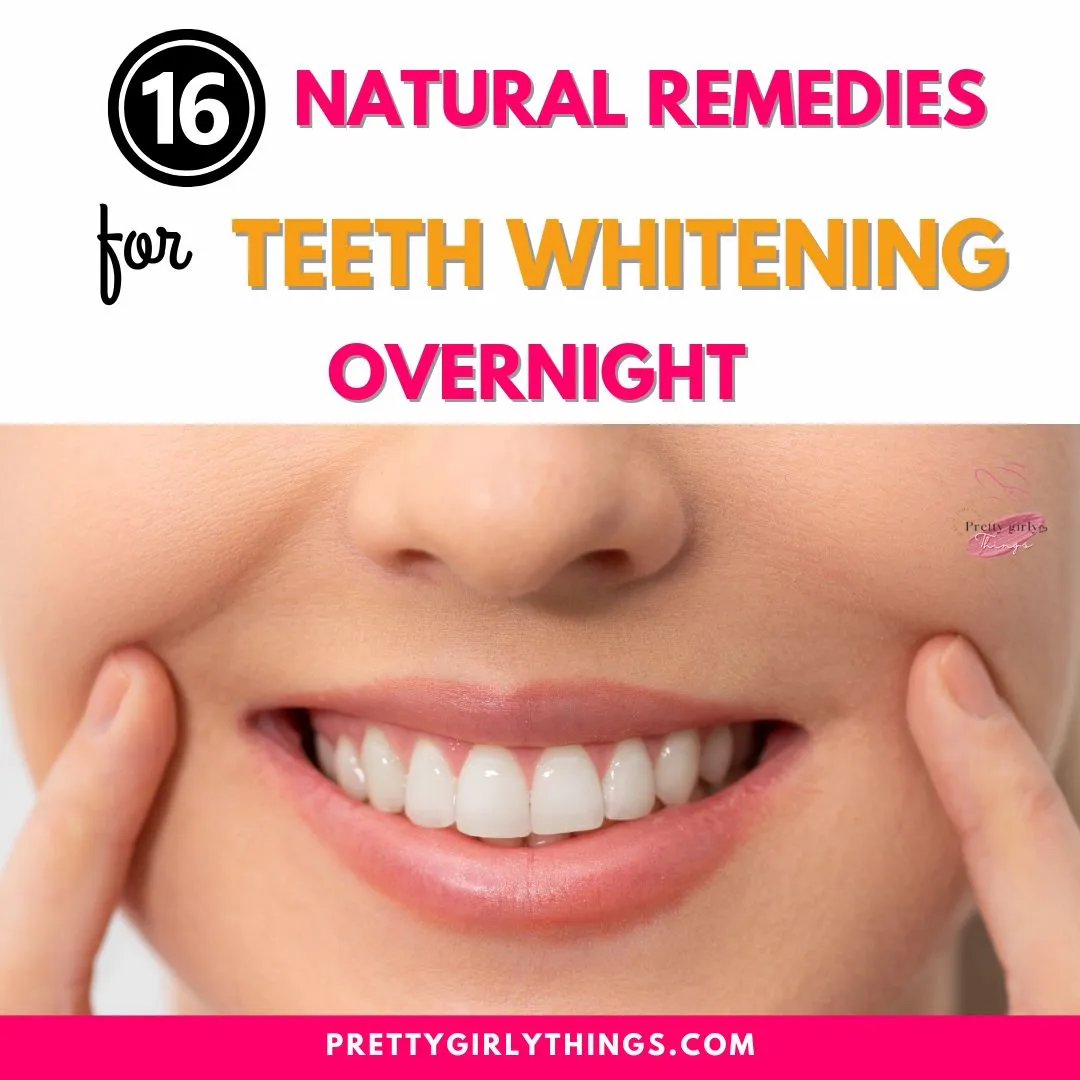
Lemon juice and baking soda is a popular DIY teeth whitening method. The acidity of lemon juice and the mild abrasiveness of baking soda are thought to help remove surface stains, leading to a brighter smile. However, this combination can be harsh on tooth enamel and should be used with extreme caution. The popularity comes from its accessibility and ease of use but with awareness that this method may have significant drawbacks.
Proper Application and Precautions
To use lemon juice and baking soda, mix a small amount of lemon juice with baking soda to create a paste. Apply this paste to your teeth and let it sit for a short period, typically no more than one minute. Gently brush and rinse thoroughly with water. The acidity of the lemon juice can erode enamel if left on the teeth for too long, and should be used very sparingly. It’s essential to be cautious, as excessive use can cause enamel erosion and increase sensitivity. Limit use to a maximum of once a week or even less frequently. Be mindful of any signs of discomfort. If you experience increased sensitivity or pain, discontinue use immediately, and consult a dentist.
Potential Risks of Lemon Juice
Lemon juice is highly acidic and poses several risks to dental health. Its acidity can erode tooth enamel over time, making teeth more vulnerable to cavities, sensitivity, and discoloration. Erosion can also lead to an increased risk of dental problems and the need for restorative treatments. Regular use of lemon juice can cause permanent damage. Lemon juice can also irritate gums and increase sensitivity. Avoid lemon juice if you have any existing dental issues. Consult your dentist for safer alternatives and advice on maintaining your oral health. It’s important to know that though this remedy may provide some benefit, the damage it causes may be detrimental.
Apple Cider Vinegar
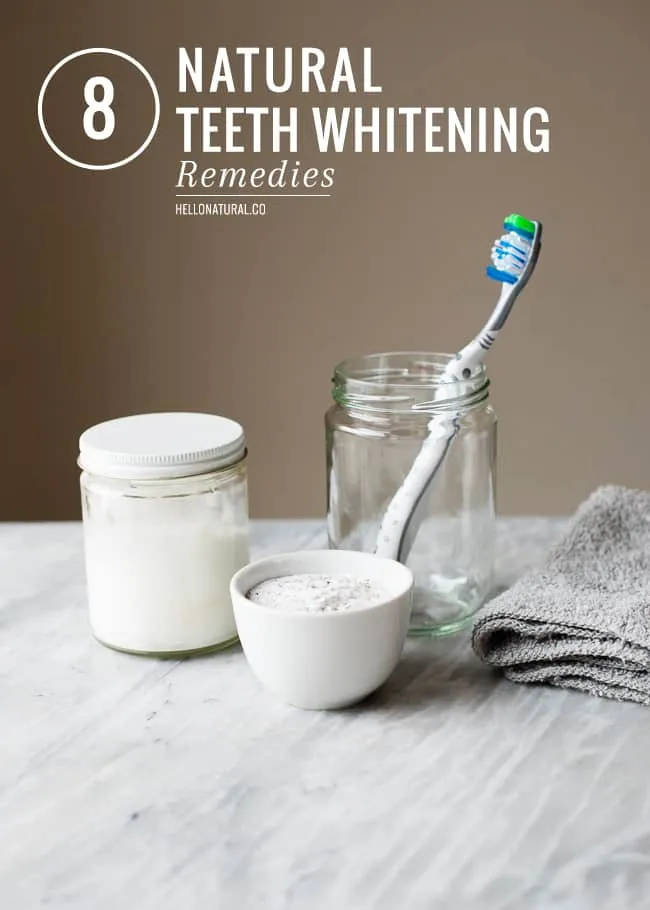
Apple cider vinegar (ACV) has gained popularity for various health benefits, including teeth whitening. Some people believe its acidic properties can help remove stains and brighten teeth. The vinegar’s ability to break down stains is considered the benefit, however, the damage it can cause is not always fully understood. This method is not as effective as other methods and requires cautious use. As with lemon juice, there can be substantial risks.
Dilution and Usage Guidelines
If you choose to use apple cider vinegar for teeth whitening, always dilute it with water. Mix one part ACV with two parts water. Swish the diluted solution in your mouth for about 30 seconds. Rinse thoroughly with plain water. It’s crucial not to use undiluted ACV, as it can damage enamel. Avoid swishing for extended periods, as prolonged exposure can erode enamel. Use this method sparingly, perhaps once a week. Always brush your teeth after using ACV to remove any remaining acid and protect your enamel. Monitor your teeth for any signs of sensitivity or erosion, and discontinue use if you experience any adverse effects.
Benefits and Limitations of ACV
Apple cider vinegar may help remove surface stains. However, it’s not as effective as professional whitening treatments. The benefits are often minimal. The primary limitation of ACV for teeth whitening is its acidity, which can erode enamel over time. Prolonged or frequent use can increase sensitivity and lead to dental problems. The potential for enamel erosion outweighs the whitening benefits, and ACV is generally not recommended as a primary teeth whitening method. If you choose to use ACV, do so cautiously, diluted, and infrequently, and always consult your dentist for safer alternatives.
Activated Charcoal
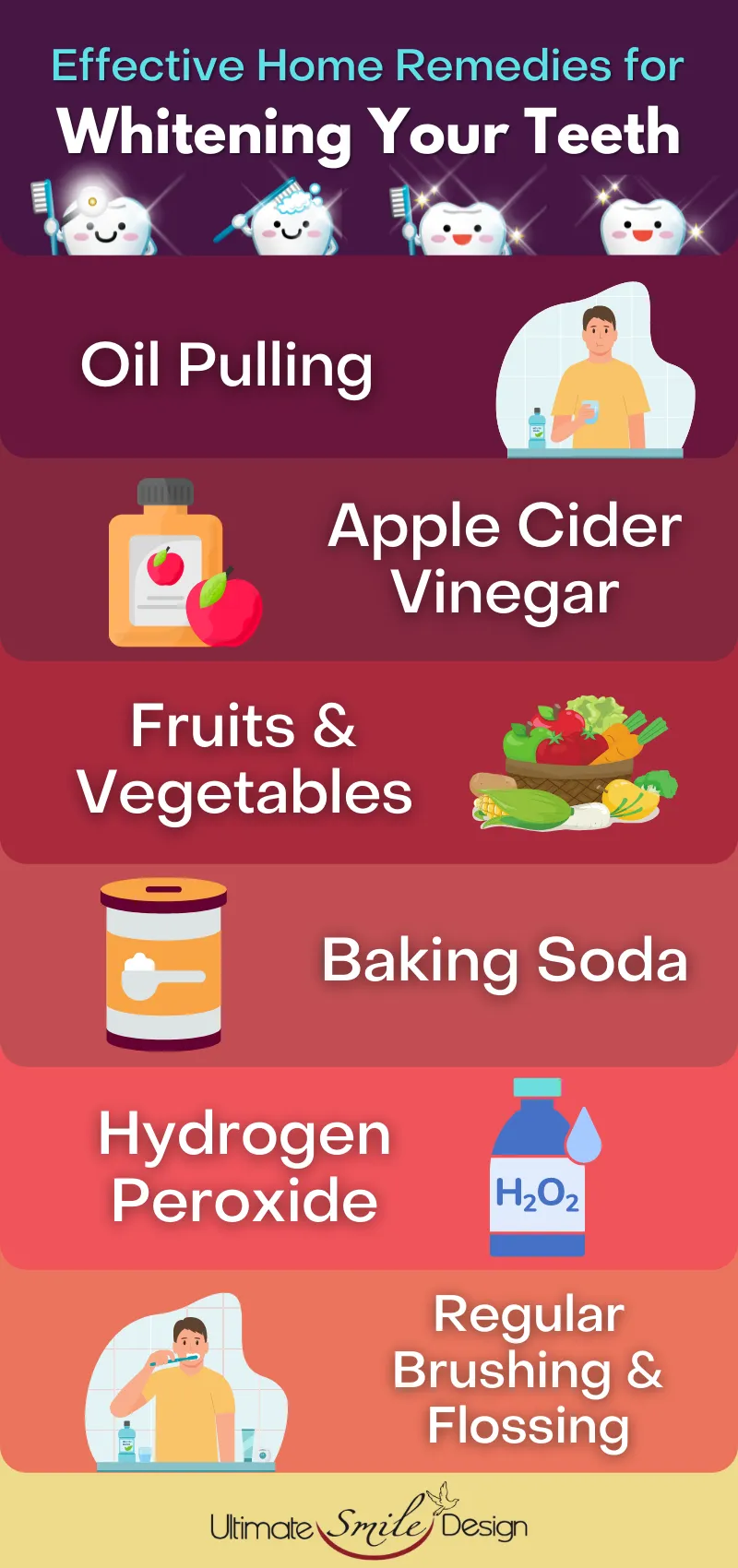
Activated charcoal is another popular home remedy for teeth whitening. It’s a fine, black powder made from various materials, such as coconut shells, that have been treated to increase their absorption properties. Activated charcoal is believed to absorb stains and impurities, leading to a whiter appearance. The charcoal can assist with the removal of bacteria and plaque, but does not provide whitening benefits.
Using Activated Charcoal Safely
To use activated charcoal, dip a wet toothbrush into the powder and brush your teeth gently for about two minutes. Be careful, as charcoal can be messy. Rinse thoroughly with water to remove all traces of the black powder. Use activated charcoal no more than a few times per week. Ensure that you use a soft-bristled toothbrush to avoid damaging enamel. Be sure to choose a high-quality charcoal product. This remedy is not as effective as other teeth whitening methods, and may come with potential risks if not used carefully. As with all home remedies, it’s important to monitor for any adverse effects and consult with your dentist.
Things to Consider Before Using Charcoal
Activated charcoal’s effectiveness is not fully supported by scientific evidence. While some people experience temporary whitening, the abrasive nature of charcoal can potentially damage enamel over time. Using activated charcoal excessively can lead to enamel erosion, increased sensitivity, and even dental issues. It’s important to choose a product that is safe for use. Always consult your dentist before using activated charcoal, and be prepared to discuss its use. Your dentist can provide personalized advice and recommend safer, more effective teeth whitening options based on your oral health needs.
Strawberry Paste
Strawberries contain malic acid, a natural enzyme believed to help whiten teeth. Making a paste with strawberries is a simple home remedy. Strawberries are readily available, making this a convenient option, but it’s important to understand their limitations and potential risks. This method is generally not as effective as other whitening methods.
Making and Applying Strawberry Paste
To make strawberry paste, mash a fresh strawberry and mix it with a small amount of baking soda. Apply the paste to your teeth and let it sit for a few minutes. Gently brush your teeth and rinse thoroughly with water. The baking soda adds a mild abrasive component. Use this method sparingly, as the acidity of strawberries can erode enamel over time. Limit the use to once or twice a week, and always brush your teeth afterward to remove any remaining acid and protect enamel. Consider that this is not as effective as other whitening options, and that the damage may outweigh the benefits.
Scientific Basis of Strawberry Paste
The malic acid in strawberries acts as a natural astringent, which may help remove surface stains. The limited scientific evidence supporting this method suggests that it’s not as effective as professional whitening treatments. The acidity of strawberries can potentially erode enamel, especially with frequent use. The abrasive nature of baking soda, when combined with the acid, can further contribute to erosion. The effectiveness of strawberry paste is generally minimal, and the potential risks of enamel damage outweigh the benefits.
Orange Peel
Orange peel is another natural remedy some people use for teeth whitening, also containing compounds that may help remove surface stains. The method involves using the inside of the orange peel. There are certain benefits to this method, but there are also drawbacks and limitations.
Preparing and Using Orange Peel
To use orange peel, rub the inside of the peel directly on your teeth. The inside of the peel contains citric acid, which may help remove stains. Allow the peel to sit on your teeth for a few minutes. Rinse thoroughly with water. Repeat the process once or twice a week, as the citric acid can erode enamel. Always brush your teeth after use. Be cautious with orange peel, as it is more abrasive than some other methods.
Efficacy of Orange Peel
Orange peel’s effectiveness in teeth whitening is limited. While the citric acid in the peel may help remove surface stains, the results are generally not significant compared to professional whitening treatments. The abrasive nature of the peel can potentially damage enamel and increase the risk of sensitivity. Use orange peel cautiously, and be prepared for potential negative effects.
Important Considerations and Tips
When trying home remedies for teeth whitening, consider several important factors. Start with the gentlest methods and gradually test more potent options. Always prioritize your oral health, and never use remedies that cause discomfort or sensitivity. Monitor your teeth for any signs of enamel erosion, and cease use immediately if you notice any damage. If you have any existing dental issues, such as cavities, gum disease, or sensitive teeth, consult a dentist before trying any home remedies. The best approach is to combine home remedies with good oral hygiene practices, including regular brushing, flossing, and dental check-ups.
Consulting a Dentist
Before attempting any home teeth whitening method, consult your dentist. Your dentist can assess your oral health and advise you on the most appropriate and safest approach. They can identify any underlying dental issues, such as cavities or gum disease, that need attention before whitening. Your dentist can also provide professional teeth whitening options, such as in-office treatments or custom-fitted trays with whitening gel, that are generally more effective and safer than home remedies. Regular dental check-ups and professional cleanings are essential for maintaining oral health and achieving the best results from any whitening method. Listen to your dentist and know the best practices for your own specific situation.
Maintaining Results
Maintaining the results of teeth whitening involves a combination of good oral hygiene practices and lifestyle choices. Brush your teeth twice a day for two minutes each time, using fluoride toothpaste. Floss daily to remove plaque and debris from between your teeth. Avoid staining foods and drinks, such as coffee, tea, red wine, and berries, or consume them in moderation. If you do consume staining items, rinse your mouth with water after consumption. Quit smoking and avoid all tobacco products. Regular dental check-ups and professional cleanings are essential for removing surface stains and maintaining a bright smile. Consider using a whitening toothpaste or mouthwash to help maintain your results.
Conclusion
Home remedies for teeth whitening can offer a cost-effective way to brighten your smile, but they come with considerations. While options like baking soda, coconut oil pulling, and activated charcoal are popular, their effectiveness varies. It’s vital to understand the potential risks, such as enamel erosion and increased sensitivity, associated with some remedies, like lemon juice and apple cider vinegar. Always prioritize your oral health, and consult a dentist before trying any new whitening methods. The best approach combines home remedies with good oral hygiene practices and professional guidance for a healthy, bright smile. Remember that a healthy smile is the best and most important outcome.
